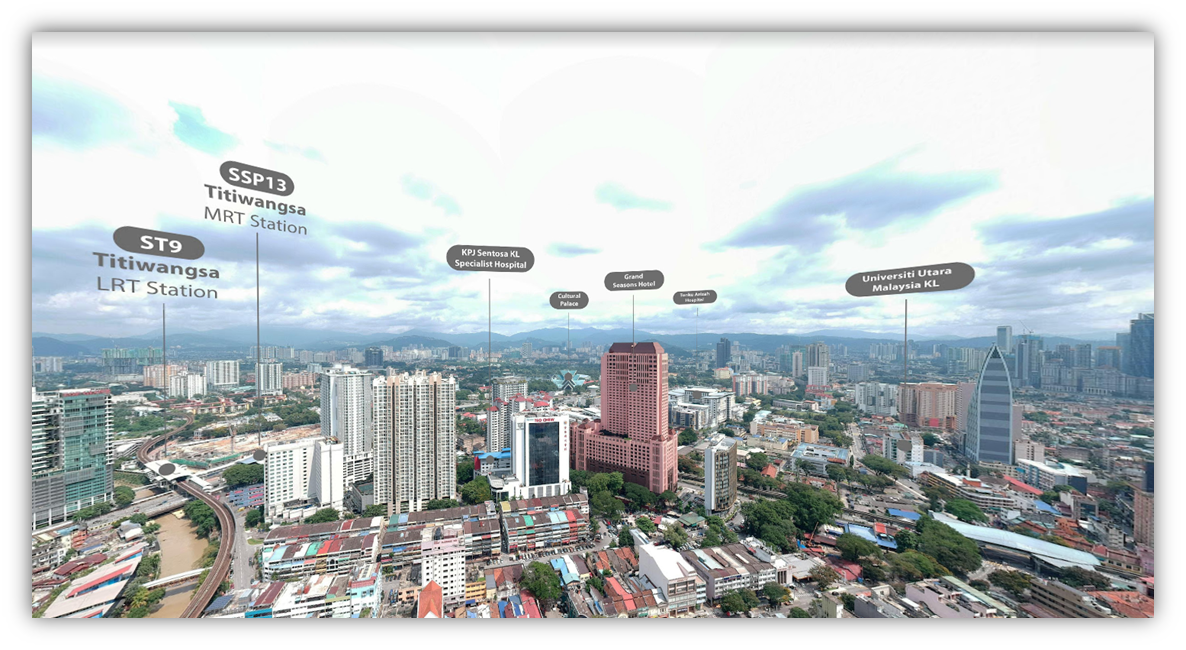GIS and Urban Environmental Planning: Assessing and Managing Green Spaces
Andrew Chong • 2024-04-03
Explore the transformative role of GIS in urban environmental planning for the sustainable management of green spaces. This article delves into how GIS technology aids in mapping, assessing environmental quality, analyzing urban heat islands, optimizing green space placement, engaging stakeholders, and monitoring urban greenery to foster biodiversity, mitigate climate impacts, and enhance urban livability.
In today's rapidly urbanizing world, the preservation and management of green spaces within cities have become crucial for promoting environmental sustainability and the well-being of urban dwellers. Geospatial Information System (GIS) technology offers a powerful tool for assessing, analyzing, and managing green spaces in urban environments. By leveraging GIS, urban environmental planners can make informed decisions and develop strategies to maximize the benefits of green spaces while mitigating potential challenges. This article explores the role of GIS in urban environmental planning and highlights its significance in assessing and managing green spaces for sustainable urban development.
Mapping Green Space: Enabling the accurate mapping and inventory of green spaces within urban areas. Through satellite imagery, aerial photography, and on-ground surveys, GIS captures detailed information about parks, gardens, forests, and other natural areas. These spatial data layers provide planners with a comprehensive understanding of the distribution, size, connectivity, and accessibility of green spaces.
Assessing Environmental Quality: Facilitating in assessment of environmental quality within and around green spaces. By overlaying various data layers such as air quality, biodiversity, water resources, and noise pollution, planners can identify areas that require conservation, restoration, or improved management. GIS also allows for the identification of ecological corridors and the assessment of their connectivity, contributing to the preservation of biodiversity and ecosystem services. Analyzing Urban Heat Islands: helping to identify and analyze urban heat islands, areas with higher temperatures due to dense urbanization. By integrating thermal imaging and land cover data, GIS can pinpoint heat-prone areas and assess their proximity to green spaces. This information is crucial for urban planners to strategically position and design green spaces to mitigate heat island effects, improve microclimate, and enhance urban livability. Optimal Green Space Placement: supporting the optimal placement of green spaces by considering various factors such as population density, land use, socioeconomic characteristics, and accessibility. By analyzing these factors spatially, GIS helps planners identify underserved areas and prioritize green space development in neighborhoods with limited access to nature. This approach promotes equity and ensures that green spaces benefit diverse communities. Engaging Stakeholders: Enhancing stakeholder engagement by providing interactive mapping platforms that allow citizens to contribute valuable data and insights. Through citizen science initiatives and participatory mapping, residents can report issues, suggest improvements, and actively participate in the planning and management of green spaces. GIS platforms foster transparency, inclusivity, and collaboration between planners, policymakers, and the public. Monitoring and Management: facilitating real-time monitoring and management of green spaces. By integrating sensor data, satellite imagery, and citizen inputs, GIS enables the assessment of vegetation health, maintenance needs, and usage patterns. This information helps planners allocate resources effectively, implement targeted conservation measures, and ensure the long-term sustainability of urban green spaces.
GIS plays a crucial role in urban environmental planning by providing comprehensive tools for assessing and managing green spaces. By leveraging geospatial analysis, planners can make data-driven decisions that promote sustainability, biodiversity conservation, and improved quality of life in urban areas. GIS empowers stakeholders to actively engage in the planning process and fosters collaborative efforts toward creating greener, healthier, and more resilient cities. As urbanization continues, the integration of GIS in urban environmental planning will be vital for achieving sustainable and livable urban landscapes.




